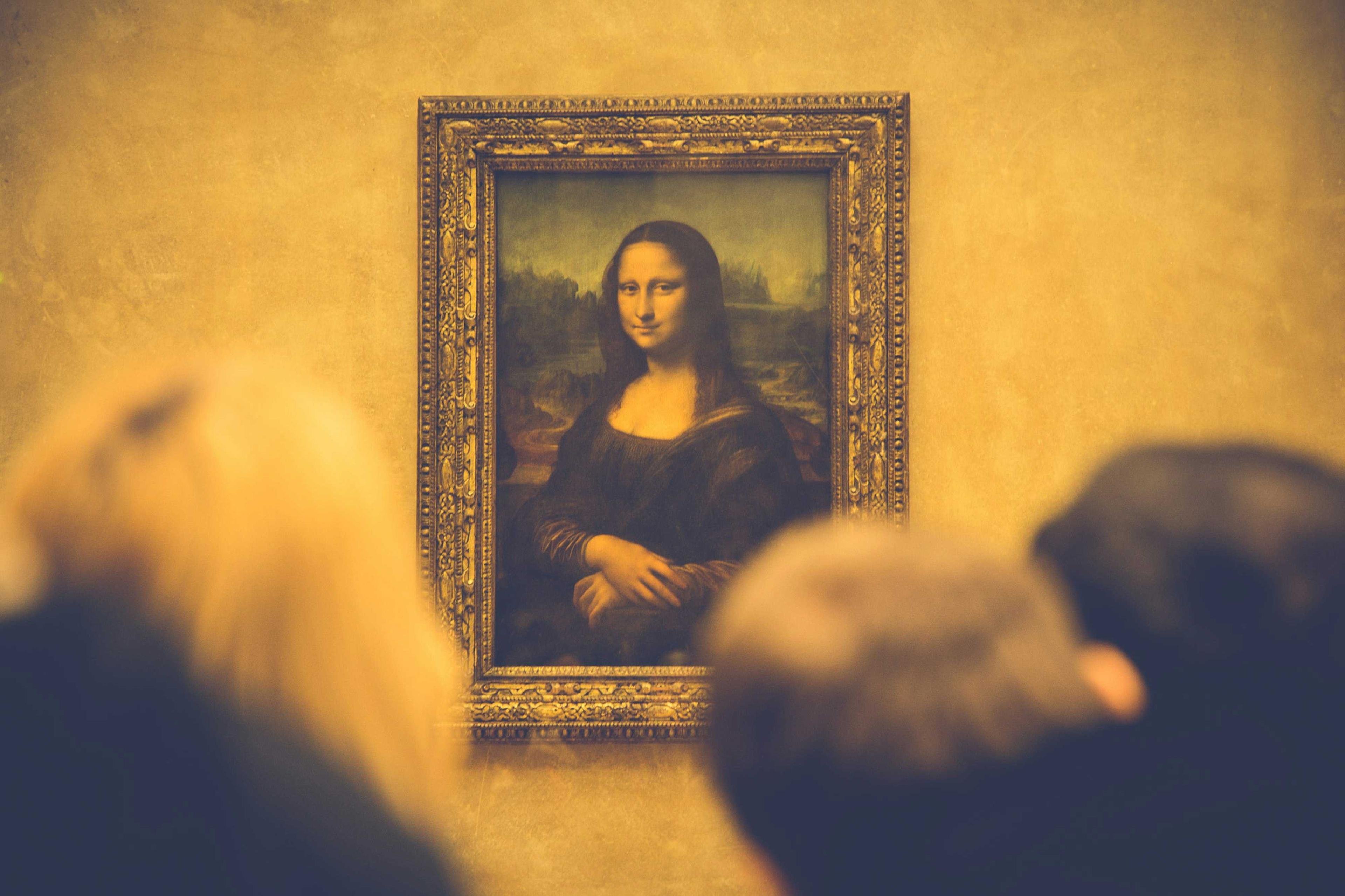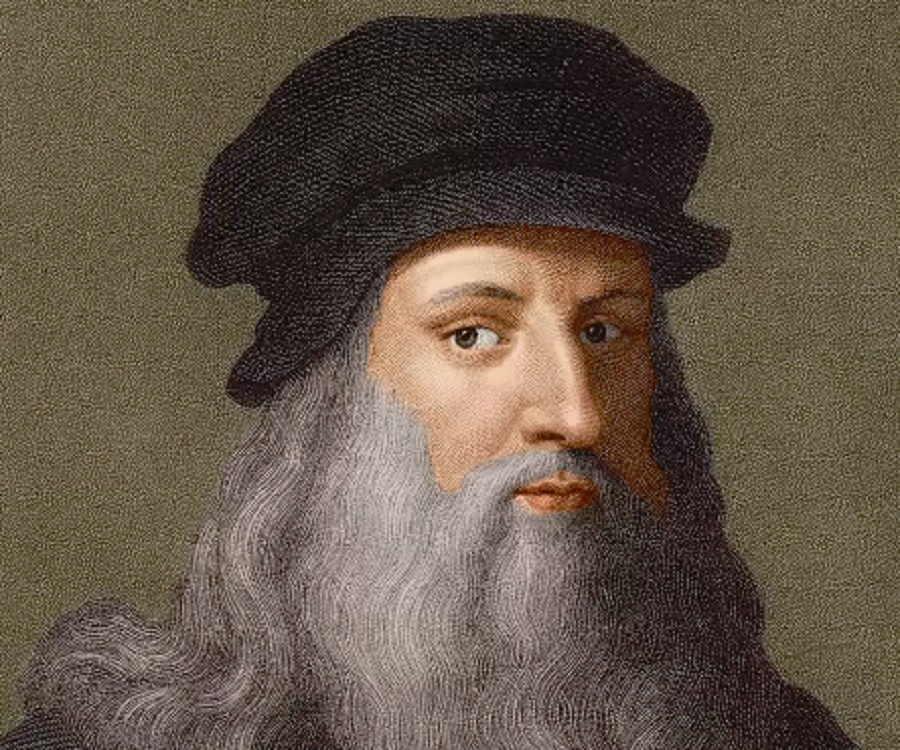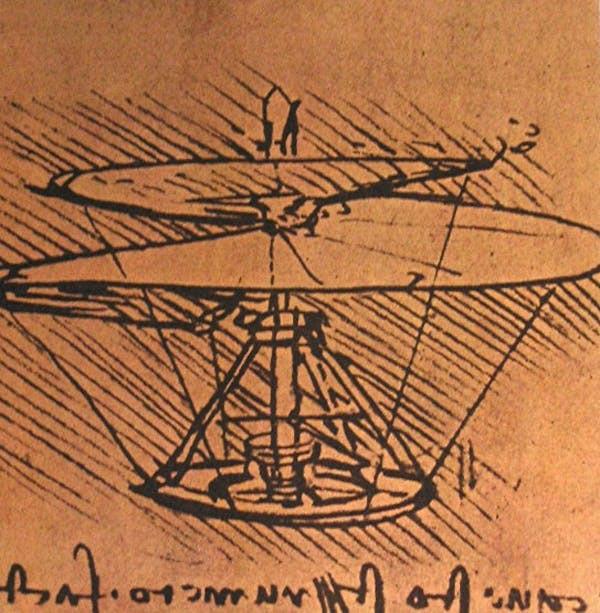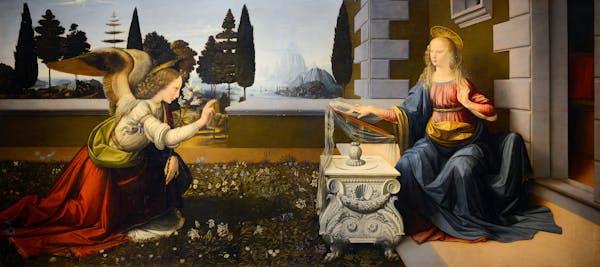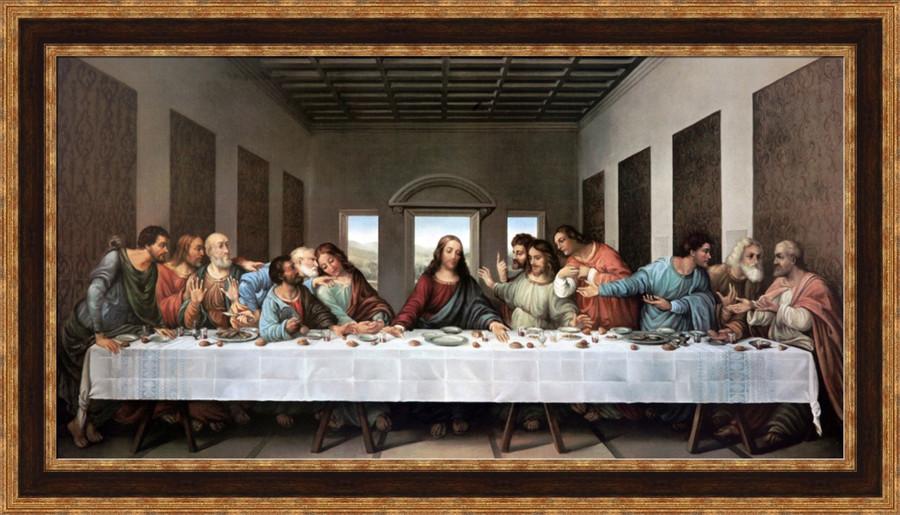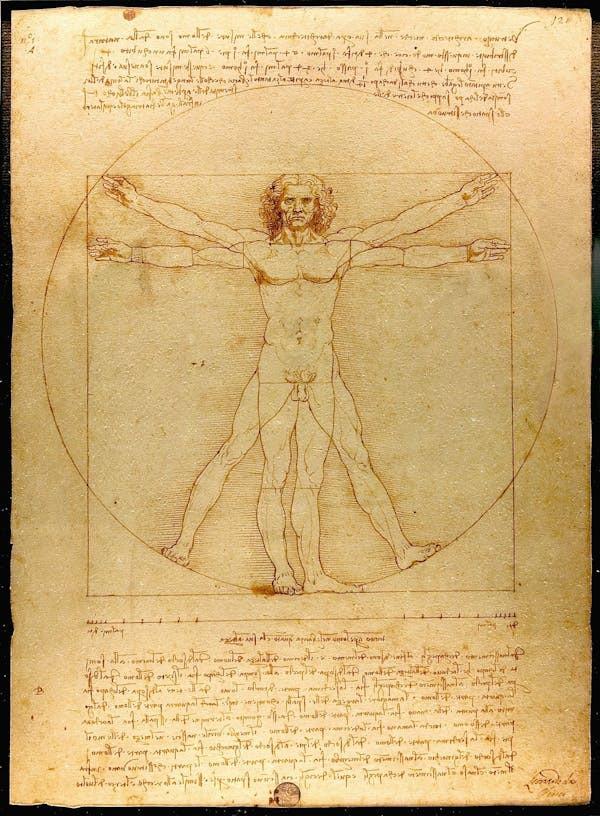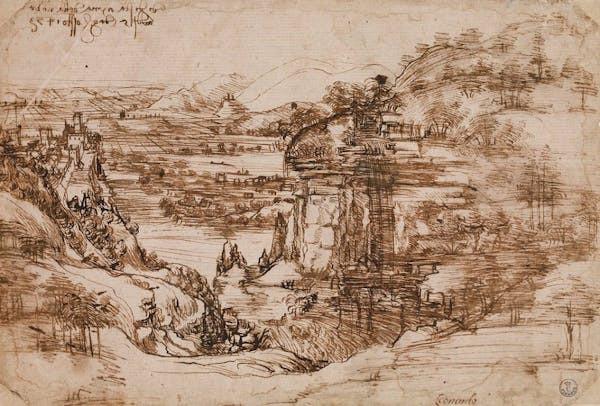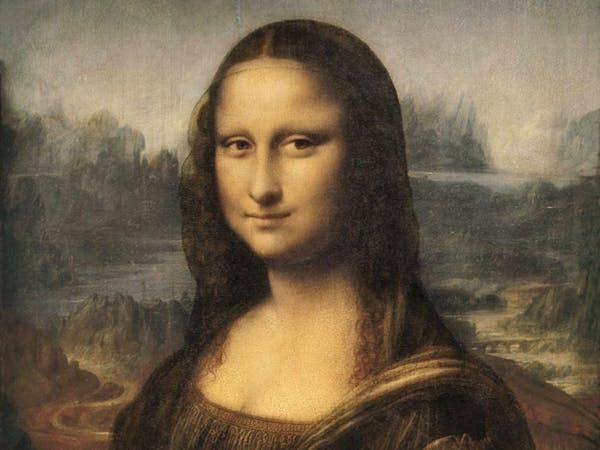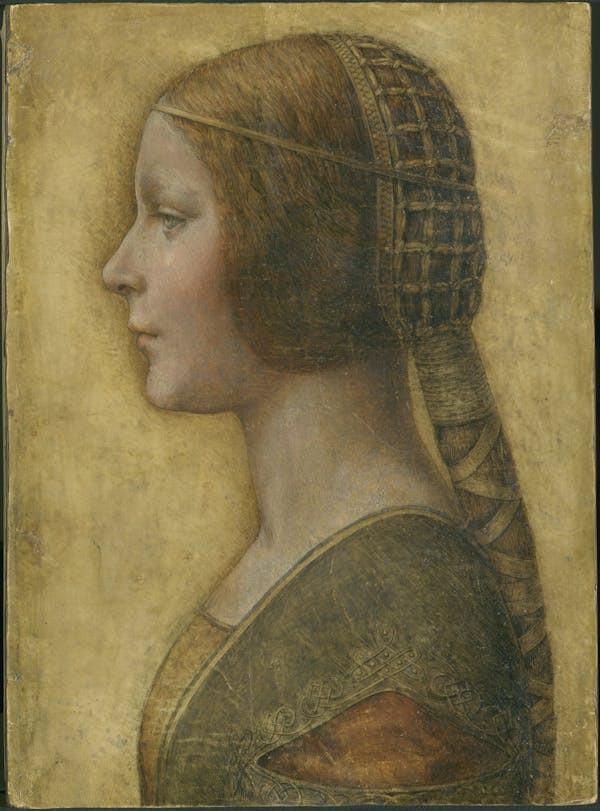Explore the World's Best Ideas
Join today and uncover 100+ curated journeys from 50+ topics. Unlock access to our mobile app with extensive features.
The Greatest Polymath
Leonardo da Vinci is generally recognised as one of the great figures of the Renaissance and one of the greatest ever polymaths.
As the world marks the 500th anniversary of his death, it’s important to look at some of the ways in which he showed that he was a thinker who was way ahead of his time, as well as being a painter, sculptor and engineer.
857
9.96K reads
A Mechanical Genius
Leonardo da Vinci is renowned for his inventions, works of art, studies of architecture and anatomical drawings.
The documents that survive show us his ideas for a wide range of devices, such as gliders, helicopters, parachutes, diving suits, cranes, gearboxes and many types of weapons of war.
He combined an imagination ahead of his time, an understanding of the emerging principles of science and engineering, and his superlative draftsmanship to devise new uses for levers, gears, pulleys, bearings and springs.
853
8.2K reads
A Passion For Flying Machines
Ornithopters, human-powered flying machines which mimicked bird flight, were a fascination for him – and he drew many beautiful and innovative designs. However, bird flight was not fully understood at this time and he was unaware that a human being could never generate the required power to operate such devices.
815
7K reads
A Mathematical Genius
Although da Vinci is best known for his artistic works, he considered himself more of a scientist than an artist. Mathematics – in particular, perspective, symmetry, proportions and geometry – had a significant influence over his drawings and paintings, and he was most certainly ahead of his time in making use of it.
Da Vinci used the mathematical principles of linear perspective – parallel lines, the horizon line, and a vanishing point – to create the illusion of depth on a flat surface.
857
6.57K reads
The Last Supper
Leonardo’s Last Supper is a prime example of the use of the mathematics of perspective. The architecture of the building around Jesus and the 12 apostles, as well as lines on the floor beneath the table, create a “vanishing point”, providing a subconscious focal point for the painting.
858
7.07K reads
The Vitruvius Man
Leonardo knew of Vitruvius’s work – that with the navel as the centre, a perfect circle could be drawn around a body with outstretched arms and legs. He realised that if arm span and height are related, the person would fit perfectly inside a square. His Vitruvian Man took these observations and attempted to solve the problem of “squaring” a circle. It’s not, in fact, possible to do this exactly (squaring the circle is a metaphor for the impossible), but he managed to come very close.
893
6.65K reads
Water: The Vehicle Of Nature
Leonardo da Vinci described water as “the vehicle of nature” (vetturale di natura), water being to the world what blood is to our bodies. From his earliest landscape drawings of a river cascading over rocks (1473), to the famous Mona Lisa (1503) and to his final deluge sketches (1517-18), a lot of Leonardo’s paintings featured water.
As a polymath, he was able to combine his knowledge and ability in art, design, science, philosophy and engineering to design projects, ideas and instruments to test his hypotheses.
850
5.4K reads
Visual Illusions: The Smile Of Mona Lisa
Leonardo da Vinci pioneered the study of physiognomy by introducing the concepts of “moti mentali” contained in the Codex Urbinae, written between 1452 and 1519 and printed by Raffaelo du Fresne as Trattato della Pittura in 1651. Moti mentali can be translated as the representation of transient, dynamic mental states, thoughts and emotions. For da Vinci, the goal of portraitists should be representing the inner thoughts of their sitters, not just the external appearance.
Leonardo used this method around the mouth area in some of his portraits (like Mona Lisa and Bella Principessa).
888
5.67K reads
Multilayered Portraits
In many of Leonardo’s portraits, it is almost impossible to say when one colour ends and another starts – and this is evident in some crucial parts of his paintings, such as the mouths of his sitters.
For example, the Laboratoire du Centre de Recherche et de Restauration des Musées de France, in collaboration with the European Synchrotron Radiation Facility, reported that Leonardo used up to 30 layers of varnish to achieve the subtle shading around the mouth of the La Bella Principessa (a portrait attributed to Leonardo by Martin Kemp as recently as 2011).
826
5.27K reads
IDEAS CURATED BY
CURATOR'S NOTE
The Man who saw the future.
“
Rylee 's ideas are part of this journey:
Learn more about history with this collection
The historical significance of urban centers
The impact of cultural and technological advances
The role of urban centers in shaping society
Related collections
Similar ideas
6 ideas
What Made Leonardo da Vinci a Genius?
nationalgeographic.com
13 ideas
Leonardo da Vinci Quotes
thoughtco.com
9 ideas
Read & Learn
20x Faster
without
deepstash
with
deepstash
with
deepstash
Personalized microlearning
—
100+ Learning Journeys
—
Access to 200,000+ ideas
—
Access to the mobile app
—
Unlimited idea saving
—
—
Unlimited history
—
—
Unlimited listening to ideas
—
—
Downloading & offline access
—
—
Supercharge your mind with one idea per day
Enter your email and spend 1 minute every day to learn something new.
I agree to receive email updates
